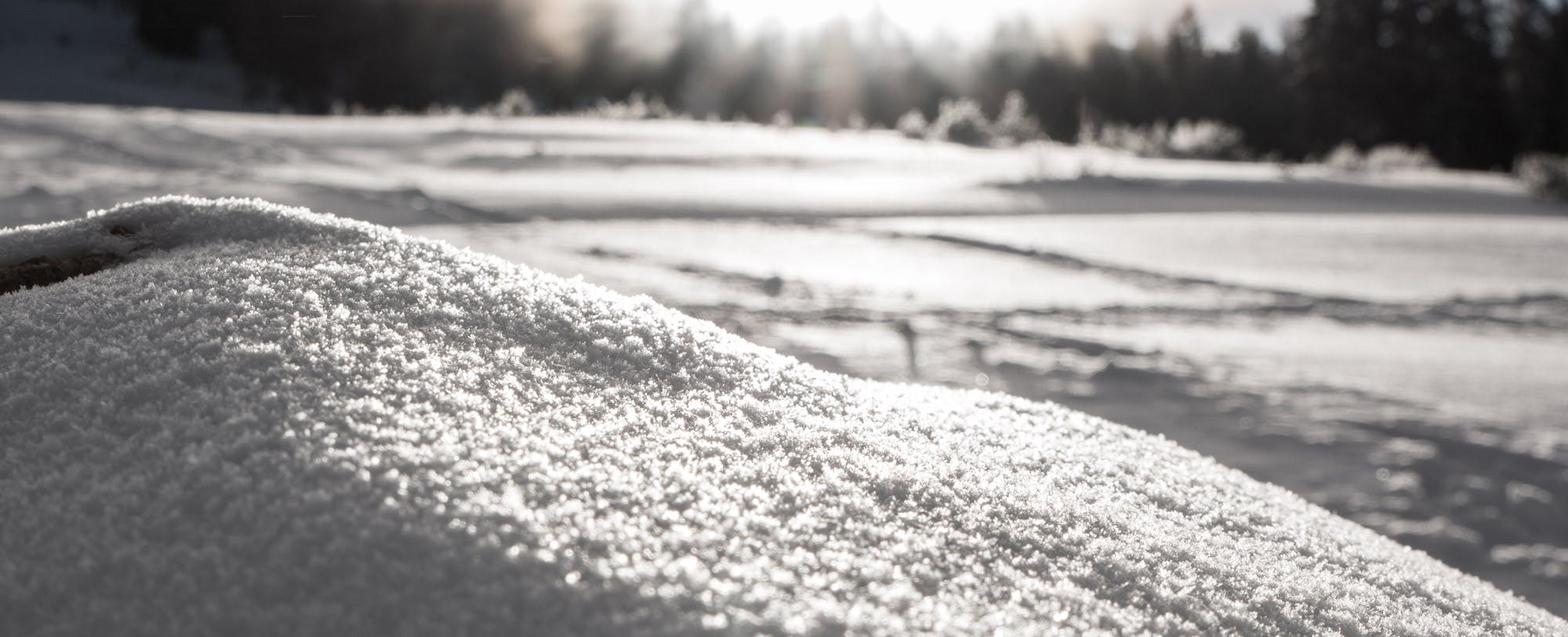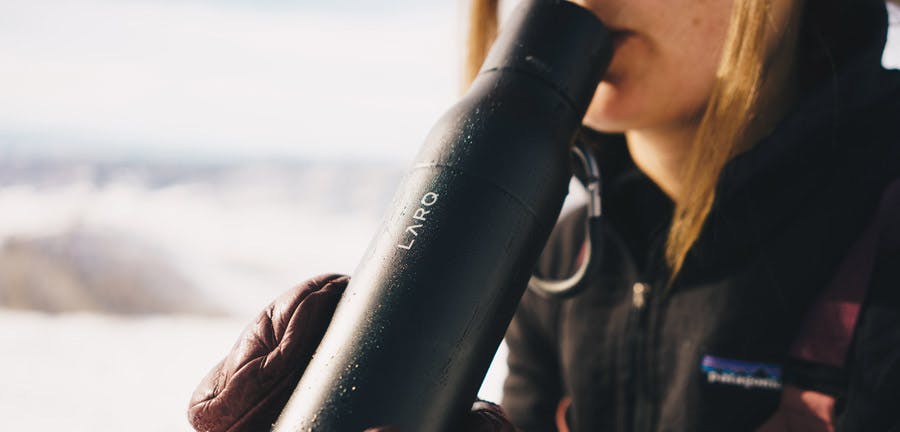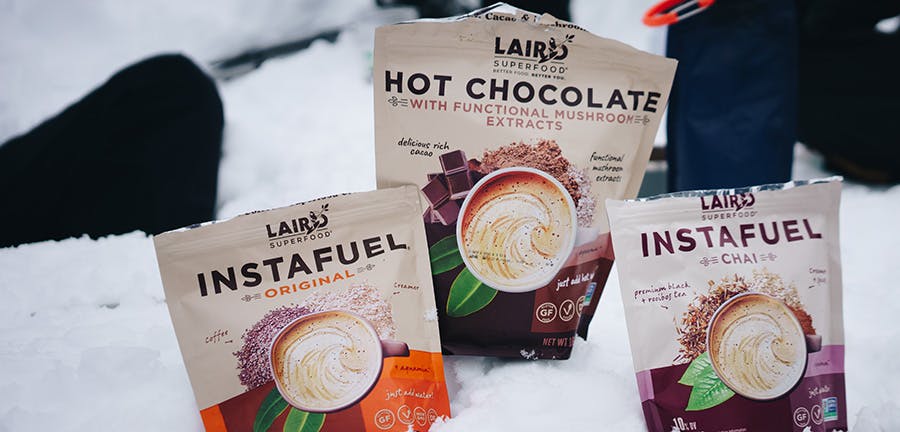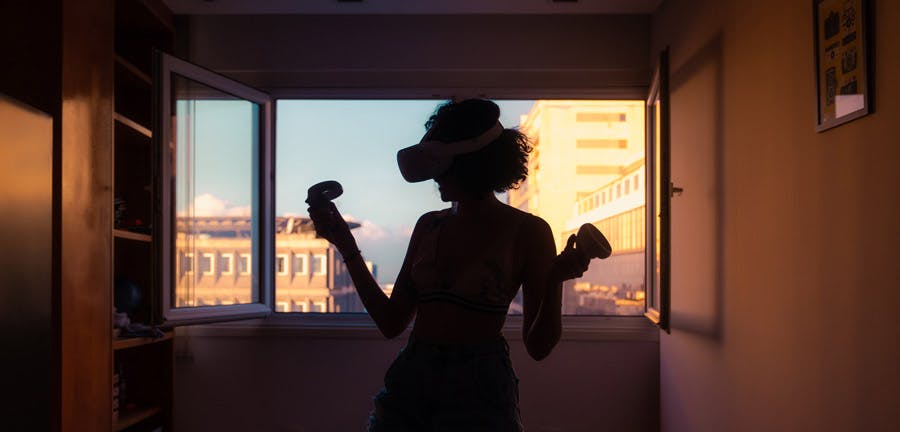Winter Photography Basics

Whether you’re shooting winter photos with an expensive DSLR camera or your smartphone, one thing is certain: taking great photos in winter is an art form. Wintery conditions don’t always lend to the best photos, so make sure you arm yourself with these basic tips to make your winter photos the best ones yet!
1. Keep Batteries Warm

Batteries lose power more easily in cold temperatures, affecting how many shots you’re able to get in one location. Keep spare batteries on the inside of your coat, close to your body for warmth. If you’re using a phone, also keep it close to your chest.
2. Keep Camera Lens Cool
Contrary to the last tip, be careful that your camera’s lens doesn’t heat up too much after being in the cold, because then your lens will fog, resulting in blurry, unusable photos. Place your camera in a bag with the lens cover attached before you enter a warm area after being outside.
3. Bring a Lens Hood

Image via Michael Stolp-Smith
The glare caused by snow can make photos look especially hazy. Avoid this with a lens hood to protect your lens from snow and your images from being overexposed.
4. Nix the Flash
Your flash will want to pop up due to the low light circumstances, but avoid using flash as much as you can—especially when there’s snow falling. The snow can cause unwanted reflections and make for muddled, overexposed images.
5. Go Manual

Image via Michael Stolp-Smith
Don’t rely on auto settings. During winter, this is especially important since the light can be dim and a lack of color often makes for a dull photo.
6. Adjust Your Settings
Speaking of finding balance, here are three adjustments you can make for stellar winter photography.
- Increase exposure to avoid making the snow look grey or blue; be careful not to overexpose shots
- Opt for slower shutter speeds than normal. Keep in mind you’ll need faster shutter speeds for wind, falling snow or moving objects.
- Adjust white balance setting to “shade” or customize to make snow appear less blue.
Image via Michael Stolp-Smith
 7. Capture Shadows
7. Capture Shadows
Winter’s short days make for dramatic shadows. Use the setting sun to capture great photos with shadows of trees, people, buildings and more. Shoot at sunrise or sunset to obtain the contrast of dark shadows against white snow.
8. Give Scale
Especially when photographing immense mountain ranges or even individual peaks, crouch low to get the full effect or use a wide-angle lens to find width and scale.
9. Go Black and White

Image via Tommy Joyce
If there’s one season to shoot in black and white—it’s winter.
10. Use Contrast
Contrast is important in winter photos because the beauty of your image can be easily compromised by the overuse white of the snow and grey skies. Frame your photo around contrasting elements for the best images.
11. Remember the Rule of Thirds

Image via Cody Haskell
Abide by the photographer’s Rule of Thirds and experiment with subject placement.





